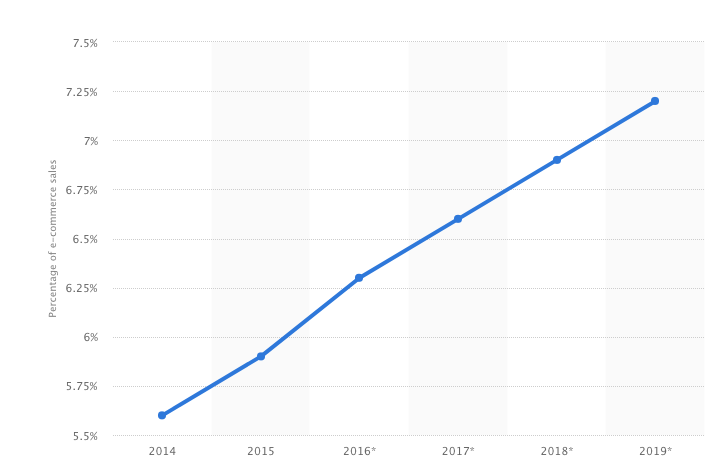The Australian summer carries obvious opportunity for digitally driven, mobile-ready, retail brands. For the majority, who are addicted to their mobile devices to accomplish most daily tasks, seasonal shopping begins and ends with the smartphone.
Overall, Australian phone ownership is some of the highest in the world, with 19.4 million users across the country. In addition, while we’re yet to see the final retail figures from the 2017/18 holiday sales, the expected 16% increase during the period was set to be significantly outstripped by purchases completed via mobile devices at a whopping 25%, according to PwC.
But for retailers today, simply enabling a responsive-design via a mobile website, having a mobile app or even building in-app mobile pay options, is no longer enough to get heads turning and customers coming.
To add to changing mobile technological capabilities, marketers find themselves caught in the middle of an evolving web of finicky online behaviour being unwittingly spun by ‘mobile-assisted’ consumers. Mobile-assisted shoppers constantly ‘showroom’ – jump from one device to another, and decide, ad hoc, to abandon one purchase in lieu of another.
While customer needs and preferences should greatly influence a mobile strategy, many B2C brands find themselves in the position of having to catch up or keep pace with, or, unfortunately, guess what customers want. But it doesn’t have to be that way.
The key: use cross-channel customer data
Consumers are armed with a multitude of channels to research, price-compare, and purchase products. They will quickly hop off an app to their tablet, desktop, or other device to research (or worse, purchase) an item on a competitor’s website with a more affordable price point.
Yet it’s precisely this abundance of options that affords retailers the valuable cross-channel data – the key to driving engagement, retention and sales during the holidays season and into the new year. In a digital landscape defined by greater technological chaos than ever, it will take a novel, calculated approach for mobile marketers to drive more sales in Q4.
In order to rise above the noise, retailers can leverage customer data in conjunction with the right marketing technology to drive app downloads and initiate strategic in-app notifications, personalise holiday offers and send right-time push notifications to encourage engagement.
Increase holiday app downloads and retain year-round users
Some 85% of shoppers prefer to make purchases on a retailer’s app than the mobile website. Conversion rates on apps are also 120% higher than on mobile-optimised web or desktop.
However, an estimated one in four people download an app, use it once, then abandon it forever. This phenomenon is common, for example in the travel industry – when infrequent flyers book and board a flight using an app then never log in again.
To combat this trend, retailers must offer easy usability, a clean interface, and differentiated value for the user.
Here are three tips to increase app downloads and keep users from dashing.
-
Enable social media authentication to login
According to LoginRadius, 80% of users dislike traditional sign-up forms and 73% prefer to log in using their social media accounts. Organisations might be more likely to get sign-ups and inspire initial gratification among first-time users, if they enabled social media authentication.
-
Point users to download the app in every piece of marketing
Retailers must offer a clear call to action to download their apps in everything from print ads, TV spots and email newsletters to landing pages, social ads, blog posts, website, and more. It’s easy to provide a download icon and link to the App Store, yet many B2C brands neglect to do this. If there’s no gateway, how are people supposed to get in?
-
Reward users who share the app with tokens, coins, or credit
Creating new markets by spreading the word about brands is the job of the marketer, but that doesn’t mean it’s all up to them. Marketers can ask users to share their apps with friends via text message, email, or social media, and offer them a reward for doing so (or upon successful sign-up by a friend).
Mobile is reaching a tipping point in Australia, with more and more people buying on mobile apps than ever before. In 2015, ecommerce sales accounted for 5.9% of all retail sales in Australia. This figure is expected to reach 7.2% in 2018.

Mobile marketing has been, and always will be, about driving customer loyalty. The way in which marketers must forge loyal users is changing each day – the ubiquity of the mobile phone has fundamentally changed the dynamic of the business–consumer relationship.
Retailers that understand how to drive app downloads can set themselves apart and potentially drive impressive revenue, especially in the new year.







